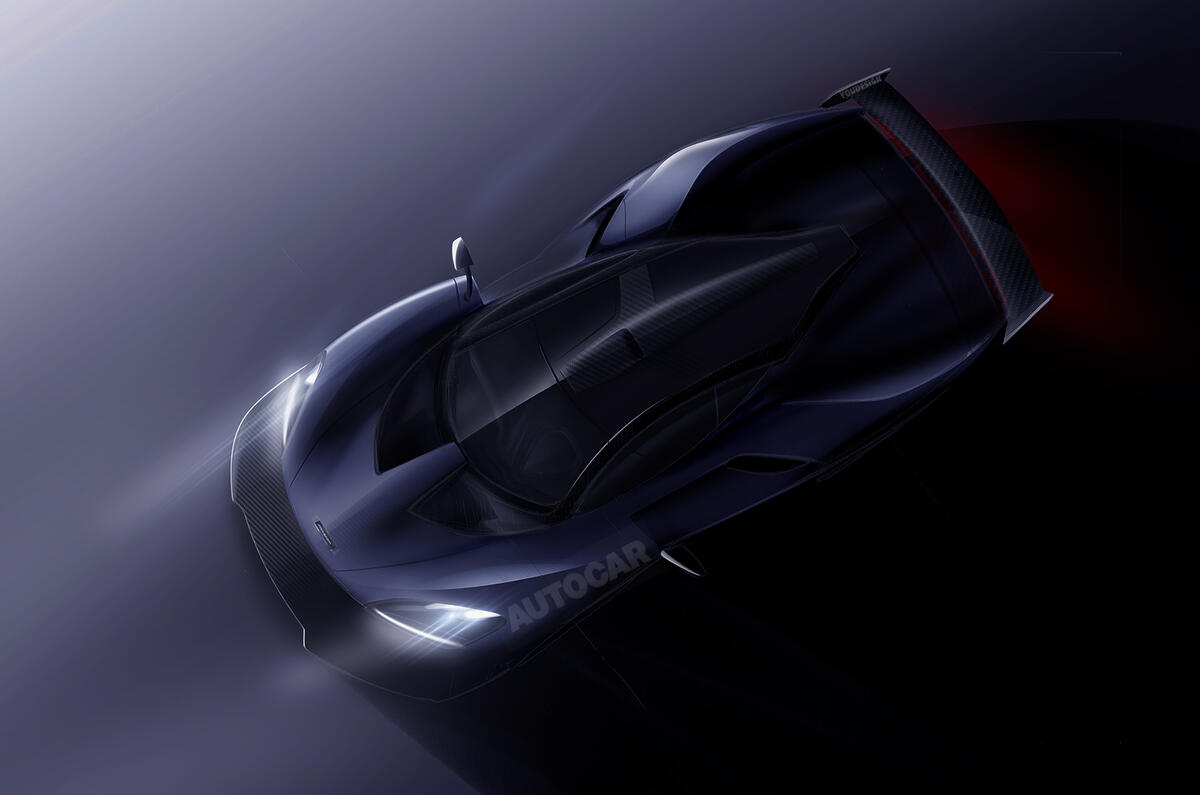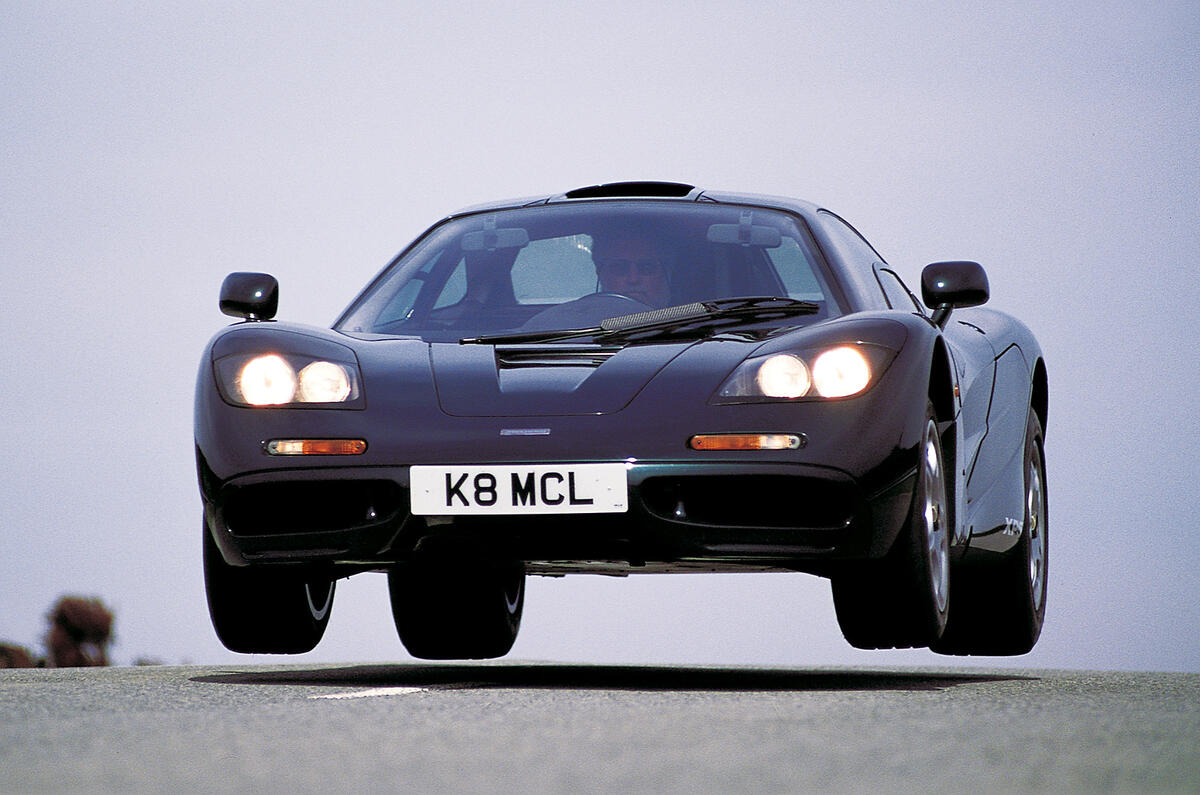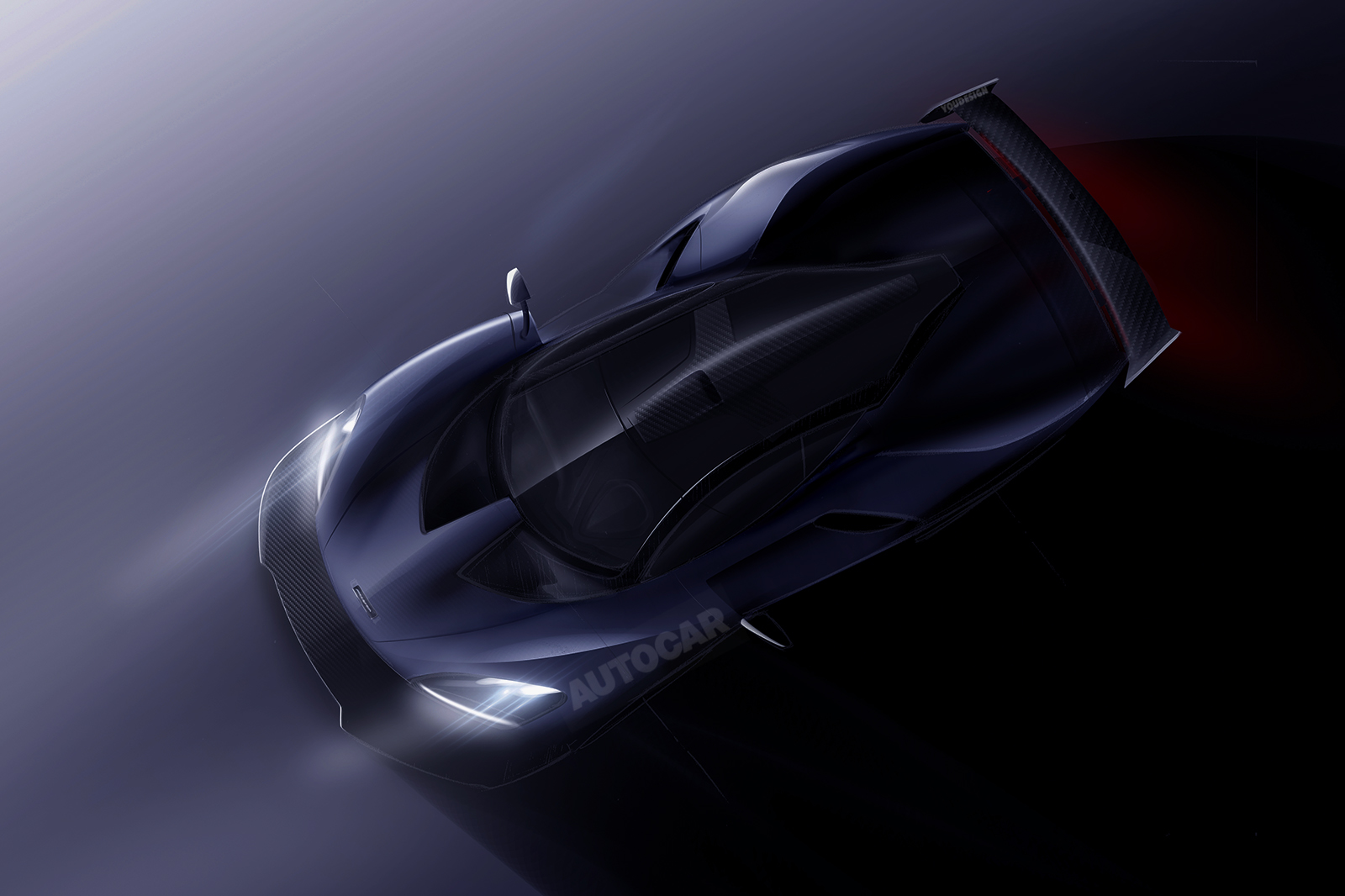McLaren will launch the most extreme road car in its history later this year — and it is poised to eclipse all but the McLaren P1 GTR for on-track performance.
Officials at McLaren refuse to confirm the existence of the car, which will be the second model in the firm’s Ultimate Series after the P1 , which spawned the extreme P1 GTR track derivative. However, Autocar understands the new car is being developed under the project name ‘P15’, and the engineering team has been given a brief to create “the most extreme, track-focused road car”.
The McLaren Senna has now been revealed - take a look at the full story here
In line with McLaren’s publicly stated goal of giving all of its Ultimate Series cars a distinct focus, engineers are said to have been given the freedom to prioritise performance over anything else. One source has described the P15 as a “track weapon” with the goal of delivering “the most exciting and thrilling driving experience on track”.
Power will come from a modified version of the 3.8-litre twin-turbo V8 that is at the heart of every McLaren road car on sale today. It’s likely to be linked to a tweaked version of the seven-speed gearbox in the 720S. However, the engine in the P15 is said to have been extensively worked on to produce close to 800PS (789bhp). This exceeds the 727bhp produced by the roadgoing P1’s engine, but below the 903bhp peak achieved when the P1’s electric motor is also in operation.
However, with its two-seat configuration said to be one of the few concessions to practicality, the P15 is also expected to weigh less than 1300kg — a substantial saving over the 1547kg P1. This would give the new car a power-toweight ratio that eclipses the P1’s 647bhp per tonne — a crucial factor in achieving the goal of outstanding performance on the track.
Although McLaren’s focus has so far been on lap times over straight-line pace, the P15 will eclipse the 720S’s quarter-mile time of 10.4sec and challenge the P1’s 10.2sec. Likewise, it could potentially match the P1’s 0-60mph time of 2.7sec and get close to the P1 GTR’s 2.5sec. The 720S has a 0-60mph time of 2.8sec. It is over the 0-120mph sprint, though, that the P15 is likely to display its extra pace.
In part, the low weight has been made possible by the use of McLaren’s latest Monocage II one-piece carbonfibre tub, which was first used on the 720S launched earlier this year and now includes the roof structure. The surrounding bodywork is said to be all carbonfibre — although, intriguingly, our source has suggested that bodywork has been used only where it delivers a performance, rather than aesthetic, benefit. As such, the car is said to have a look described as “brutal”.
The source said: “This is the ultimate distillation of form following function. Whichever part of the car you look at, you will visually understand the function of the components.”
However, despite the project’s engineering-led bias, the look of the car is said to have been led and signed off by Rob Melville, who was promoted to McLaren’s design director in May. As a result, our artist has speculated that the car will retain many familiar McLaren design features, partnered with extreme wing and diffuser elements and even more aggressively aerodynamically shaped bodywork.











Join the debate
Add your comment
Why would it use the 3.8L engine
...when their new one is a 4.0? Incorrect info: "Power will come from a modified version of the 3.8-litre twin-turbo V8 that is at the heart of every McLaren road car on sale today."
Jimi Beckwith wrote:
Carving out a niche
It certainly looks like McLaren is increasingly doing things different to those that control the supercar market. The 720S has the P1's validity as a collectors item in question and McLaren is clearly unapologetic about their intentions given that the P15 is on the way. In short, it seems like McLaren wants to be in the business of rolling out 'must have performance' cars, which are not quite 'must have' for novelty's sake. In a short space of time, McLaren have sold 375 P1s, 1000 LTs (including spiders), 28 P1 GTRs (production run to 58) and 25 688 HSs. This makes c.20% of their total production to date being hyperfast high end priced supercars. I think they want to create a niche in which they will supply insane performance to purists who will also drive the cars regularly. In such a strategy, the concept of value dependant on novelty does not apply. That is Ferrari's game and McLaren know they cannot beat Ferrari at it. I am not sure what the concentration is for Ferrari, Porsche etc, but I would be interested to know. Porsche have GTRs, GT2s and GT3s all over the place, but I am also aware that they do some 200,000s units a year globally.